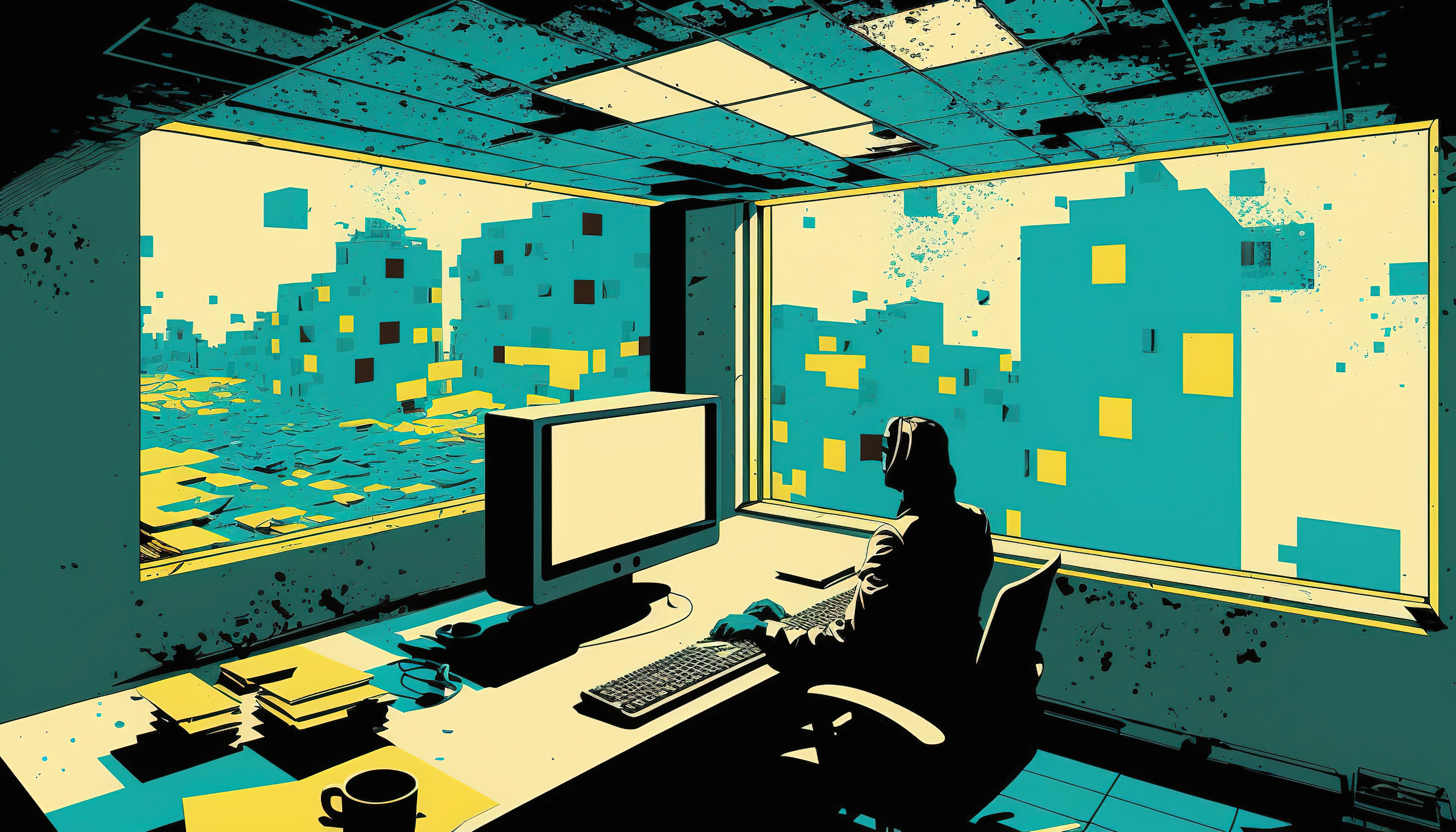
The gaming industry is a field of limitless creativity, where each new title is the result of hard work in a careful and thoughtful design process. Before a game reaches the actual development stage, there is an important stage that must be passed: initial design. This stage is the foundation of overall game development, where ideas begin to develop into more mature concepts. Let’s take a deeper look at what happens in the game design process before its development.
Behind every successful game, there is a strong creative idea. Game design begins with opening the door to imagination, where development teams strive to think within themselves from constraints and let their creativity flow. They may be inspired by stories, artistic concepts, game mechanics, or even their own personal experiences.
Preliminary Concept Creation
Once initial ideas are formed, the next step in game design is to turn them into more complex concepts. The development team will start creating sketches, storyboards, or even simple prototypes to visualize how the game will run. At this stage, they might consider how games or games can be an important element in the narrative or gameplay.
Discusses Game Mechanics
One of the most important aspects of game design is game mechanics. This is what makes the playing experience fun and challenging. The development team will discuss various game mechanics that may be suitable for their game. In a gaming context they might consider how the concept of time or dimensions can be connected or synchronized into gameplay.
Concept Testing
Once the initial concept has been designed, the next step is to test whether the ideas can be implemented well in practice. This may involve simple game prototypes created to test game mechanics or creating focus groups to get initial feedback from potential players. In certain case concept testing may clarify whether dynamic time concepts can be implemented successfully in games.
Adjustments and Improvements
It is not uncommon for initial concepts to be adjusted or refined after testing. This is a natural part of the game design process. The development team may discover that some game mechanics do not work as expected or that the story needs to be refined further.
Establishing the Vision
Once the concept has been tested, tweaked, and refined, the development team will settle on a final vision for their game. It covers all the important elements of game design, including story, game mechanics, visual aesthetics, and sound. This vision will be their guide as they enter the real development stage.
Design Documentation
It is important to note that throughout the design process, the development team will regularly document all decisions and changes they make. This documentation will be a valuable reference during game development and can help avoid confusion or mistakes in the future.
Composing Artistic and Aesthetic Designs
Apart from game mechanics and story, the visual and aesthetic aspects of a game are also very important in attracting players’ attention. Once the overall vision has been established, the development team will begin crafting an artistic design that includes characters, environments, and visual effects. They will consider how the game can be represented visually in the game, whether through characters, backgrounds, or other design elements.
Audio System Development
The audio system is another element that should not be overlooked in game design. Sound and music have the ability to enhance the overall atmosphere of a game, create emotion, and enhance the gaming experience. The development team will work closely with composers and sound designers to create sounds that suit the theme and atmosphere
Technology and Platform Integration
During the design phase, the development team will also consider what technologies will be used to build the game and which platforms will be the main targets. They must ensure that their designs can be implemented efficiently within available technologies, and are optimized for a variety of devices and platforms, from consoles to mobile devices.
Conclusion
The game design process before development is a key stage in the creation of every game title. It is a time where fresh ideas are introduced, concepts are developed, and visionaries are established. From kakekmerah4d to the broader concept of the game, every element underwent a long journey before becoming a reality. With hard work, perseverance, and creativity, game development teams can create amazing experiences for players around the world.
